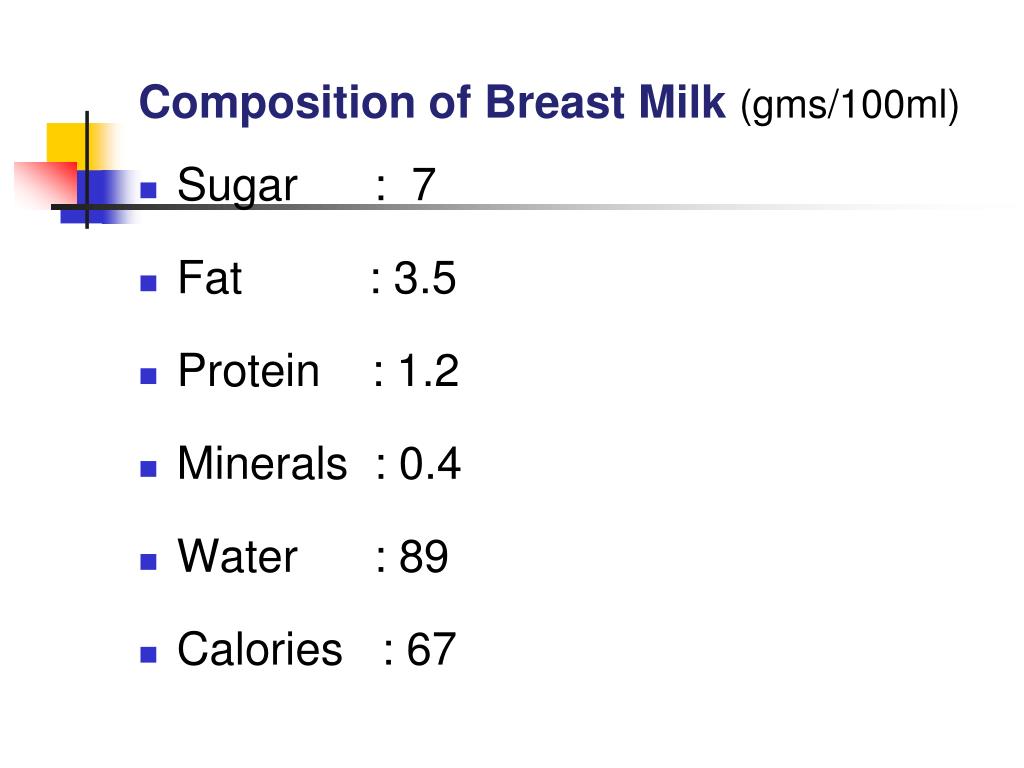
An addition of dietary fat, which increases the energy density of the cows' diet, may limit and/or shorten NEB in early lactated dairy cows. Cows may compensate lower feed intake if a large energy concentration is added in meals. Many disorders such as mastitis, ketosis, retained placenta, various degrees of depressed immune competence, and reproductive performance result from liver dysfunction at the early stage of lactation. As TAG accumulates in the hepatocytes, there is apparent reduction in liver function. In cows, however, VLDL secretion is relatively low, which predisposes the animals to fatty liver. Aside from being utilized by the mammary gland, parts of the circulatory NEFA are taken by the liver, where they can be metabolized through one to three major pathways: (1) direct production of energy via oxidation of NEFA in mitochondria or peroxisomes, (2) production of ketone bodies through oxidation, or (3) reesterification into triacylglycerol (TAG), which can then either be sequestered in internal stores or be released into the circulation as very-low-density lipoprotein (VLDL). Lipolysis is sustained during early lactation as long as energy intake cannot compensate for the increased energy demand of lactation. Although dry matter intake increases gradually at the beginning of lactation, the rapid increase in milk production after calving causes negative energy balance (NEB). Namely, energy deficiency due to reduced dry matter intake during the transition period leads to increased lipolysis of deposited fat and release of non-esterifed fatty acids (NEFA) to the blood. Management and nutrition during the transition period influence milk production, the incidence of peripartum metabolic disorders, and reproductive performance.

Our results indicate that supplementation with palm oil in weeks 4 to 12 postpartum spared postpartum body weight loss, increased milk yield and milk fat content, and had positive effects on rumen characteristics. Palm oil supplementation did not influence blood metabolite concentrations except for urea and glucose which were significantly lower and Ca and cholesterol which were significantly higher in the palm oil-supplemented group. Rumen pH, total number, and motility of protozoa in the group fed palm oil were significantly higher than those in the control group. The loss in body condition was significantly lower in the group fed palm oil than in the control group. ResultsĬompared with the control, palm oil supplementation resulted in an increase of the average milk yield and milk fat content. Blood samples were tested for total protein, albumin, urea, tryglicerides, cholesterol, total bilirubin, beta-hydroxybutyrate, Ca, and P. Protozoa were counted in whole rumen contents by light microscopy. A native slide was prepared for microscopical examination of the rumen protozoa motility that was numerically estimated. Rumen content was tested for electrochemical reaction. Milk samples were analyzed for milk fat and milk protein content. Milk yields were measured at the morning and evening milking (6 00 and 18 00). Body condition scores of cows were determined in the same time periods. Milk, rumen, and blood samples were taken three times during experiment at days 30, 58, and 86 of lactation. GmbH, Vienna, Austria) per cow for 8 weeks starting from day 30 after parturition.


For this purpose, 24 Holstein-Friesian cows were divided into two equal groups and fed a corn silage-based diet, without palm oil supplementation (control) or with 300 g palm oil (Palm Fat 99, Noack & Co. The aim of the study was to test the effect of rumen-inert fat supplement of palm oil on milk production, milk composition, rumen characteristics, and metabolic variables of early lactating dairy cows. An addition of rumen-protected fat to the diet of cows may limit negative energy balance and/or shorten its duration, leading to increased milk production with reduced risk of metabolic disorders in dairy cows.


 0 kommentar(er)
0 kommentar(er)
